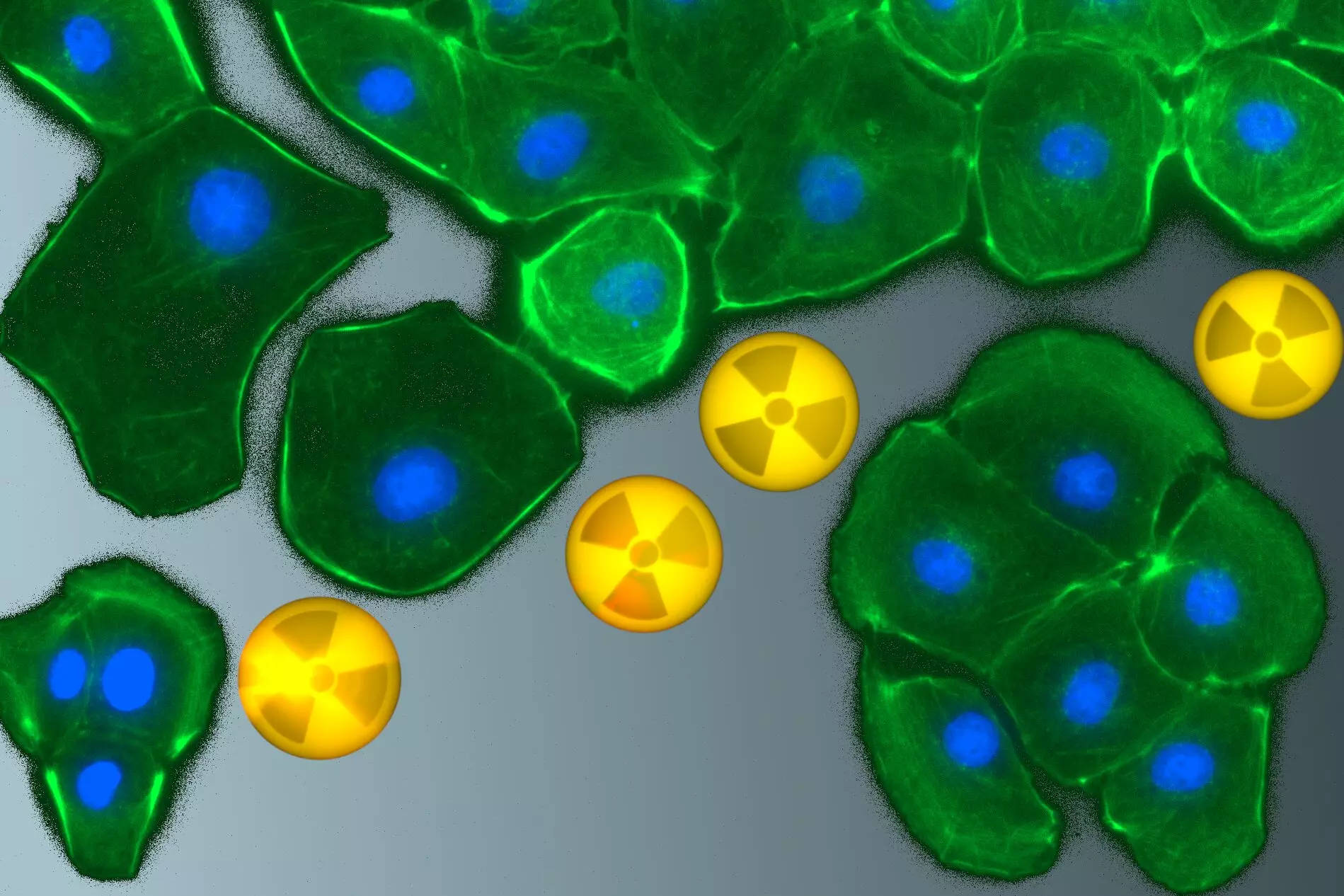Radionuclides, which can infiltrate the human body through various means, including inhalation, ingestion, or through the skin, have garnered significant attention in scientific research due to their potential health risks. While the discourse surrounding radionuclides has largely revolved around environmental contamination and their presence in nature, the ramifications of their uptake into the human body remain inadequately explored. Despite various studies focusing on animal models, a glaring gap exists in understanding the specific cellular and molecular toxicity of these substances, particularly within the context of kidney health.
Certainly, the kidneys serve as vital organs in filtering blood and managing the detoxification process of several heavy metals, including those radioactive in nature. The findings from recent research conducted by teams at Helmholtz-Zentrum Dresden-Rossendorf (HZDR) and TU Dresden reveal intricate insights into how radionuclides interact with renal cells, which warrants a closer examination.
The Environmental Journey of Radionuclides
Naturally occurring heavy metals are released into our ecosystems through geological processes like weathering and erosion, but human activities have exacerbated the release of these radionuclides exponentially over the past six decades. Industries related to mining, nuclear power, and medical applications have propelled these elements into the environment. This exacerbation doesn’t merely end with industrial pursuits; accidents and containment breaches have laid their own ruinous trails through soil and water systems. Even though radionuclides have therapeutic applications in medical diagnostics and cancer treatments, their inadvertent incorporation into the human body can lead to dire health consequences.
Dr. Astrid Barkleit of HZDR highlights the paramount concern regarding chronic exposure to these radioactive elements, which may reach the kidneys via the bloodstream. The pivotal role of the kidneys in excreting heavy metals necessitates a thorough understanding of the interplay between these elements and renal cells. The conclusion drawn from this body of research paints a stark picture; the toxicity resulting from radionuclide exposure is more intricate than previously perceived.
Understanding Cell Interaction through Innovative Research
To delve deeper into the interactions between radionuclides and kidney cells, researchers at HZDR and TU Dresden engaged in a groundbreaking study that contrasts the effects of barium(II), europium(III), and uranium(VI) on human and rat kidney cells. This venture extends beyond simple observation; it integrates advanced biokinetic models and innovative laboratory methodologies to unravel complex biological-chemical processes.
Through meticulously crafted in vitro experimental conditions, scientists examined cell viability, death mechanisms, and intracellular metal uptake. Such investigations are crucial as they elucidate how these heavy metals behave when they invade living tissues. Additionally, the researchers were able to assess the ‘speciation’ of heavy metals—an essential focus that sheds light on the distribution of different chemical forms within the cells and the external medium.
The selection of specific metal ions for the study was deliberate and strategic. Barium(II), as a proxy for radium(II), carries lower risks while similar behavior patterns make europium(III) an effective analog for more hazardous collectively radioactive elements like americium(III) and curium(III). The research also gains significant contextual importance from uranium(VI), especially in regions like Saxony, where uranium mining has left a legacy of soil and water contamination, posing enduring challenges from a technological and economic standpoint.
The Technological Edge in Studying Toxicity
The methodology employed to visualize the interactions and effects of these heavy metals within the kidney cells is nothing short of pioneering. Facilities equipped with luminescence spectroscopy and chemical microscopy provided researchers with the tools necessary to capture real-time changes at the cellular level. Observations revealed striking variations in cellular responses upon exposure to different heavy metals—from swelling to membrane fragmentation, these visual cues underscore the deleterious potential that such exposures entail.
As cells interact with heavy metal ions, they undergo critical transformations, emphasizing not only the biological vulnerability of renal cells but also the importance of exploring therapeutic avenues for protection and remediation. Such insights reinforce the argument for more comprehensive studies in human cellular contexts, which could lead to better health strategies and protective measures.
In an era where radionuclide exposure remains a pressing concern, it is imperative that our understanding evolves. Engaging in research that transcends animal models and delves into human cellular responses is essential for building a robust framework for public health safety. The future lies not only in monitoring environmental contamination but in proactive health measures grounded on evolving scientific understanding.

